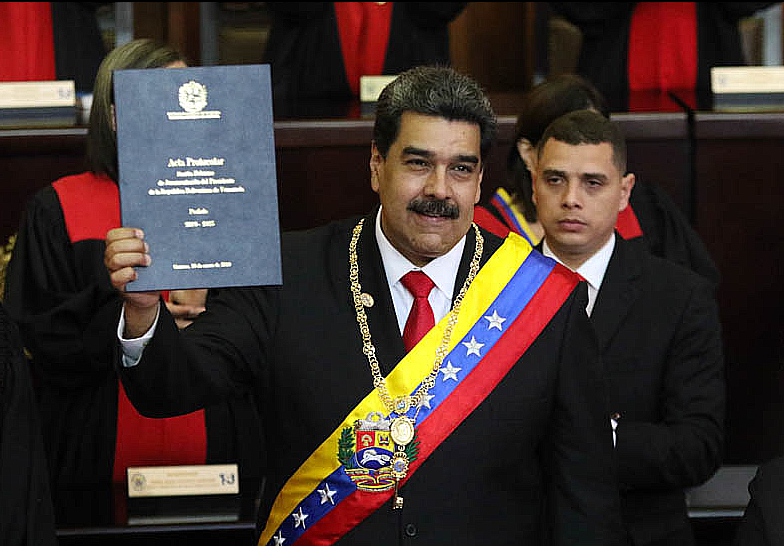20 years after Dinkins’ report construction industry still discriminates against ethnic minorities
NYC’s Construction Unions Have a Diversity Problem at the Top
New York City’s construction unions can build impressive structures—the city’s skyline is proof of that. But have these unions also built barriers to success for their ethnic minority members?
That was the conclusion of a 1993 report released by the city’s Commission on Human Rights at the end of Mayor David Dinkins’ term in office. Over two decades later, the construction unions argue that they’ve made progress. In a recent ad campaign, for instance, the Building and Construction Trades Council of Greater New York (BCTC) points out that 65 percent of its local apprentices are ethnic minorities.
That’s an impressive statistic in a city that’s 45 percent White. But it also raises the question: if ethnic minorities are well-represented among lower-paid apprentice jobs, who getting the better-paying gigs?
In a recent Daily News advertisement, an organization I manage called the Center for Union Facts (CUF) noted that the BCTC’s executive board is—to use an expression popularized by former SEIU President Andy Stern—“male, pale, and stale.” That is, each of the board’s 21 members appears to be an older White guy, rather than an ethnic minority.
The problem starts at the top, but it doesn’t appear to be limited to the BCTC’s executive board. We reviewed over 10 years of Census Bureau records to determine the average hourly wage for unionized constructions workers in New York City. While White unionized construction workers make $29.44 an hour on average, their Black counterparts earn $23.70.
In other words, a Black worker makes $5.74 less per hour on average than a White unionized construction worker—that’s 20 percent less in earnings. So much for the union wage premium.
The BCTC might argue that White union workers tend to occupy positions in the industry that require more training and experience, but this begs the question: Why aren’t those higher-level positions equally available to Black workers in the same industry?
History might have something to do with it. The use of apprenticeship programs to hide a less-than-diverse workforce isn’t a new tactic: As the Christian Science Monitor wrote regarding the 1993 Dinkins report, “white male workers routinely became union members after working at a job site for one to four weeks, while minorities often spend four or five years in an apprenticeship program.”
Even today, compared to other unionized industries in New York City, the construction industry is a laggard rather than leader on diversity.
The Census Bureau data we reviewed show that just under 25 percent of unionized construction workers are Black; that compares unfavorably to 53 and 43 percent in the unionized healthcare and transportation sectors, respectively. Even the retail and food service industries, which other labor groups have taken to criticizing as discriminatory, look better by comparison.
It’s possible that the BCTC is still on a road to recover from its own sordid history of discrimination. I applaud these efforts. But before launching their next ad campaign boasting that they’re an industry of opportunity, a bit of soul-searching might be in order.
Rick Berman, Executive Director
Center for Union Facts (CUF)








